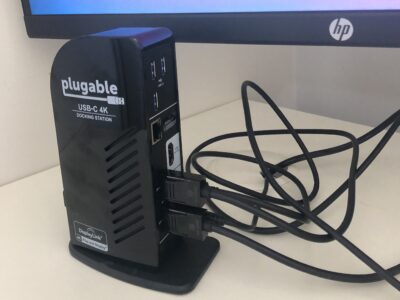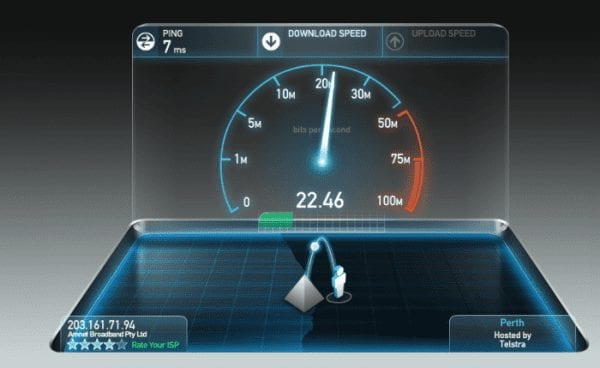Accessing a deceased persons Digital-Assets and Digital-Presence
You can help your loved ones by planning what will happen to your physical and digital presence after you become deceased.

“Estate-Planning”… or making a “Will” is how we bequeath money, property, possessions and physical heir-looms to family, friends and loved-ones.
We accumulate a lot of assets throughout our lives. Most people ensure that their precious items like houses, cars, finances and possessions are left to children and loved ones via a Will.
But what happens to your “Digital-Assets” and “Digital-Presence” when you die?
Even though it may be our most enduring legacy, few of us actually spend time planning for our digital presence after we die.
Making your wishes known early does make it much easier for whoever is managing your digital legacy. It can also help protect you against identity theft and damage to reputation.
Our digital-assets can include photos, documents and passwords on phones (iPhone/Android), tablets (iPad/Android) in the Cloud (iCloud/Google Drive/Dropbox) and on social-media sites (Facebook/Twitter/Instagram/WhattsApp)
Plan ahead
You can plan for the management of your digital legacy in the same way as your physical estate.
This helps to ensure that your family has what they need to navigate this tricky area of your life in a streamlined way, in line with your wishes, when they are ready to do so.
Consulting a lawyer may be helpful, just as you would when you make your will.
There are also a number of online services that can take care of account closures on behalf of your estate if this is your wish.
Your digital legacy can be divided into two categories:
- your digital assets
- your digital presence.
Digital assets
Digital assets are items in digital form that you have purchased and consumed over the years, like books, movies, games, music and podcasts. Your digital assets may also include any domain names, website and blogs you administer, as well as the access codes and passwords for financial accounts and utilities, and accounts on platforms such as PayPal, Amazon or eBay.
Many assets in digital form don’t actually belong to you, even though you may have paid real money for them. You may have just purchased a licence for the term of your life.
Licensing and ownership varies from platform to platform, with different rights and exemptions for different types of content. Try to establish exactly what your rights are and what you can (or cannot) do with your assets once you pass on.
Some licences can be bequeathed, but you will only know this if you read the End User License Agreement (you will have ticked a box at some point to say that you agree with it).
You also need to consider how any other devices in your home may be affected by your passing. If your Microsoft, Amazon, Apple or Google account also services your children’s devices then the impact could be considerable.
Digital presence
Your digital presence is the identity you have developed online over time, through things like your social media activity, messages, emails, photographs and videos.
What would you like done with these when you are no longer here?
Aspects of your digital presence like photographs, memories and events may be precious to those left behind and it is important to make sure that this element of your life is addressed.
Many social media platforms have options to memorialise your profile, including your posts and photos, so it can still be accessed by loved ones as a reminder, but not used to post on your behalf. Some allow you to nominate a ‘legacy contact’ who has limited access to manage the account. If you don’t do this in advance, your account can still be memorialised but nothing can be changed.
Planning tips
- List your digital assets as best you can.
- Document access codes, passwords and usernames — keep these secure and separate from your list of assets — and let trusted family members or a legal professional know where they are.
- Check the help section of your social media accounts for information about how you can to plan for the time when you are no longer around.
- Set out what you wish to happen to your digital legacy in writing.
Managing a loved one’s digital legacy
If a loved one has not left any details about how to handle their online legacy, your options may be limited.
The ability to access or shut down accounts varies, particularly if you do not have access to emails or the passwords attached to each account. Generally, a death certificate is required. Some of the links at the bottom the page may help you.
Preserving Photographs, music, documents and emails
Archive to an External Hard Drive
A simple way of preserving non-cloud data, data that you physically store on your computer etc …. is to make a regular backup onto an external-hard-drive or USB drive and put it in a safe or drawer or even given to your lawyer.
How to backup a Macbook, iMac or mac Mini Mac-Mini
How to backup a Windows 10/11 Computer
Sharing iCloud Photos with friends and family members
Gaining Access to a deceased persons Smart Phone or Tablet
Most applications, emails and cloud services are protected using 2FA (2-Factor-Authentication) which will require access to the deceased phone in order to retrieve the 2FA code in the form of an SMS or an Authenticator App. This is especially true for Internet Banking sites.
It is therefore imperative that the Will’s executor is granted access to the phone before the owner becomes deceased …or is nominated as a “Legacy Contact”
For apple iPhone and iPad
How to add a Legacy Contact for your Apple ID
How to request access to a deceased family member’s Apple account
Request access to an Apple account as a Legacy Contact
Request access to a deceased friend or family member’s account
For Android Phones and Tablets
See “Google” below …or complete the form at the following link
Submit a request regarding a deceased user’s account
Useful links
- Set up ‘Inactive account manager’: this allows you to specify when Google should consider your account to be inactive and what they will do with your data afterwards; and you can nominate a “Trusted Contact” (someone you trust) or ask Google to delete it.
Yahoo
Facebook and Instagram
- What will happen to my Facebook account if I pass away?
- Memorialise or close a deceased person’s Facebook account
- Memorialise or close a deceased person’s Instagram account
Microsoft
- Windows Computer – Login Password reset (Most computer repair companies can reset a lost pin or password not associated with a Microsoft Account)
- Accessing Outlook.com, OneDrive and other Microsoft services when someone has died (Outlook E-mail – Windows PC/Laptop, Outlook.com / OneDrive / Hotmail)




